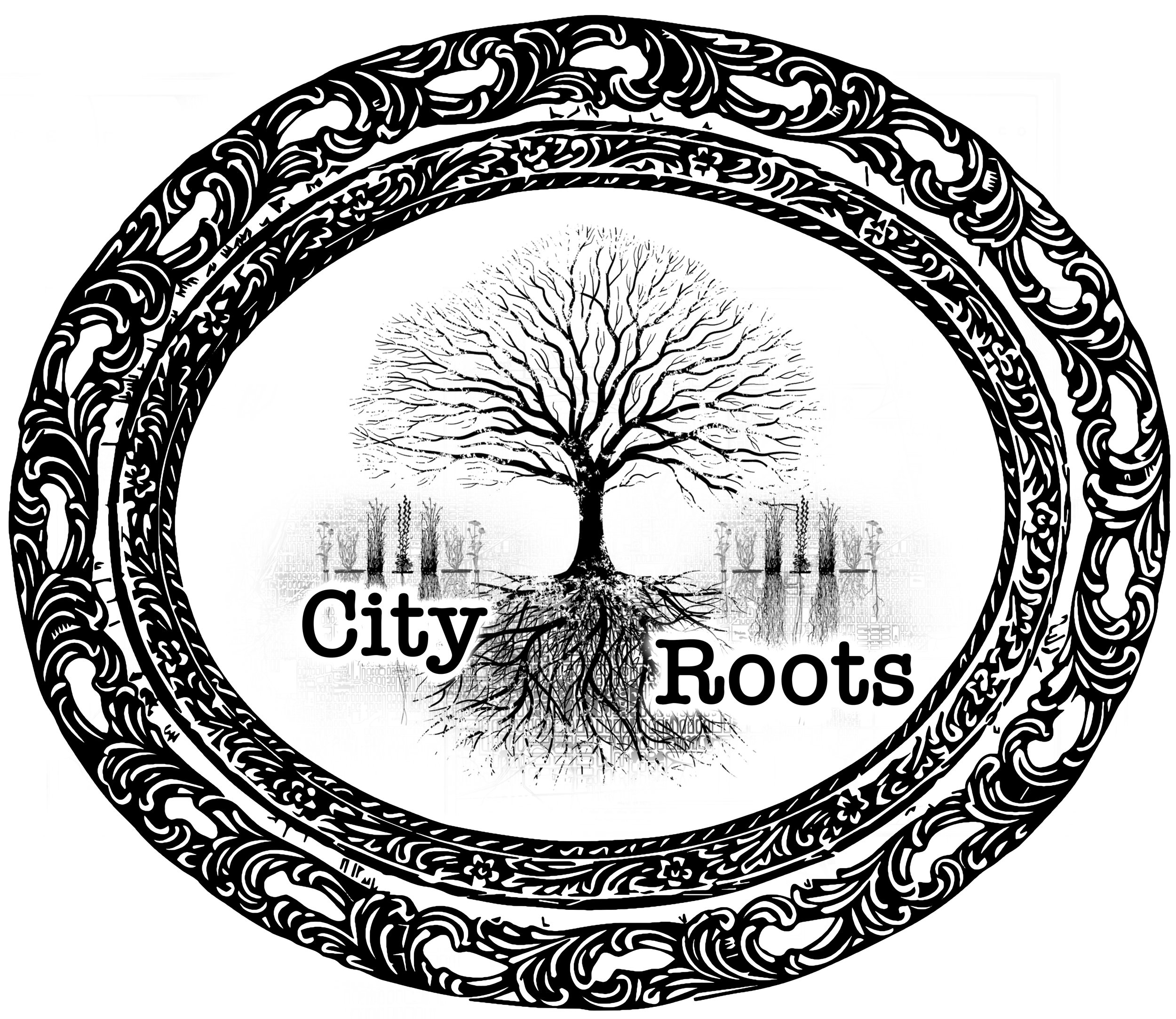
Grasses and Sedges Plant Profiles
-

Carex blanda / Common wood sedge
Light: Full shade to part shade
Soil: medium soil
Growth: 2’ tall
Bloom: small seeds from May-JuneInfo: This deer and rabbit resistant sedge is great for shade landscapes. Will fill in open spots in landscapes and is also semi-evergreen. Can be used as a semi-evergreen green mulch, or ground cover.
-

Andropogon gerardii / Big Bluestem
Type: Perennial grass
Native Habitat: tall grass prairies
Light: Full Sun
Soil: Dry to Medium loamy or clay soil
Growth: 4’-6’ tall 2’ wide clump forming
Bloom: purplish red from Sept to February
Spread: seed
Benefits: provides cover for birds and insectsInfo: Warm season perennial grass that can can spread easily by seed. Great for use as a mass planting, or in a large landscape. Beautiful grass that can work in small landscapes as long as there is a maintenance plan to prevent spreading by seed. Will stand upright in full sun and an average amount of water. With too much shade, or too much water, the grass will tend to fall over. Can also fall over in very fertile soil. Best to not fertilize.
-

Andropogon ternarius / Splitbeard bluestem
Type: Perennial
Native Habitat: Prairies and woodlands
Light: Full sun to part shade
Soil: Dry to average well drained/ sandy loam
Growth: 1.5’ -4’ tall and 2’ wide
Bloom: Brown from August- Feb
Spreads: by seed
Benefits: habitat for birds and insects. grass can be used for weavingInfo: Andropogon ternarius, or split-beard bluestem, exhibits a clumping growth habit. Native to North American prairies and woodlands, it thrives in well-drained soil and full sun. In gardens, its ornamental appeal with feathery seed heads makes it a charming addition to any native garden.
